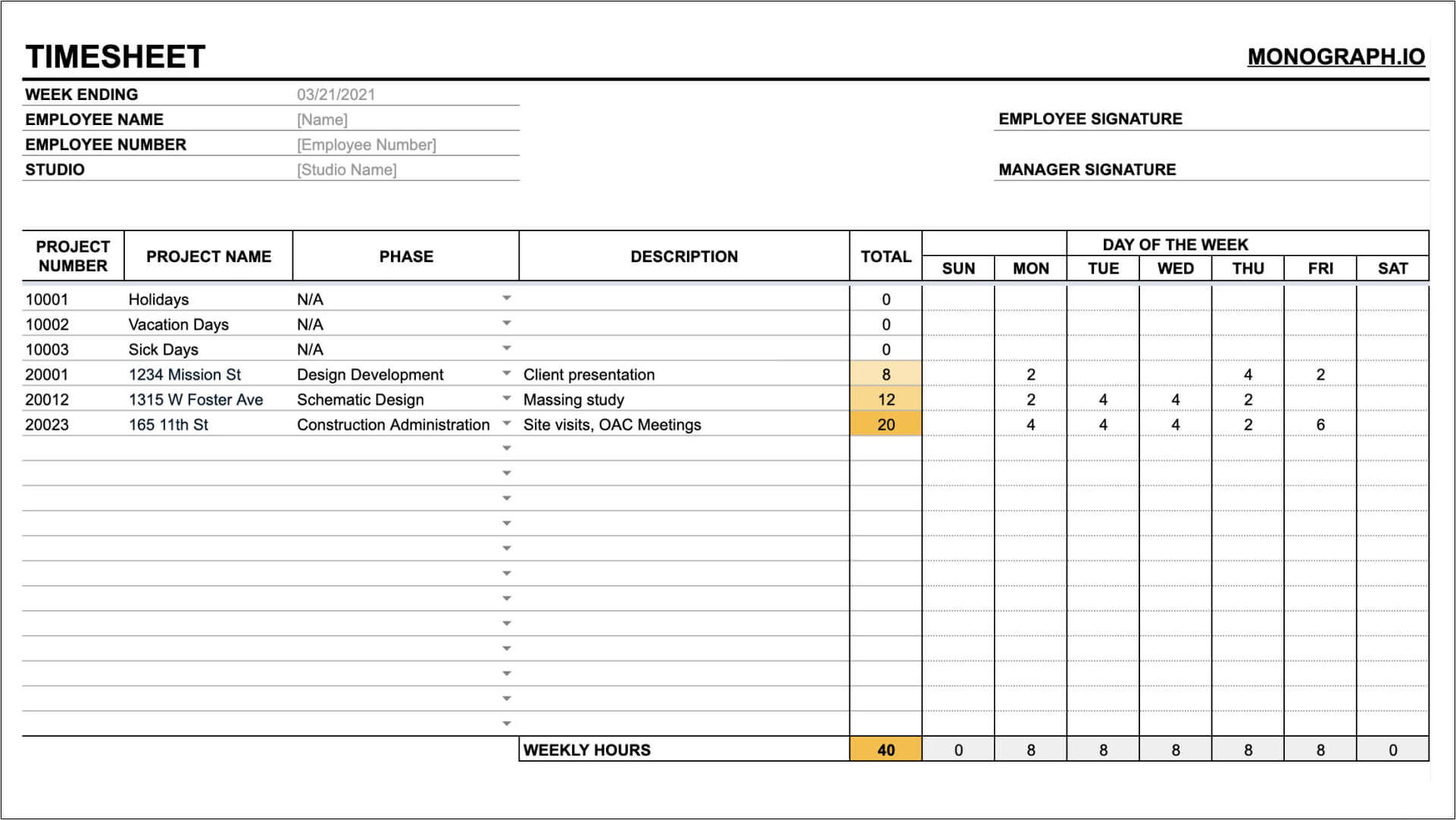Interior design is a creative and intricate field that requires careful planning, organization, and execution. Designers need to keep track of their time and resources to ensure that projects are completed on time and within budget. This is where interior design timesheets come in. In this article, we will explore the importance of timesheets in the interior design industry and provide tips on how to efficiently track your design projects.
What is an Interior Design Timesheet?
An interior design timesheet is a document used by designers to record the amount of time spent on various tasks throughout a project. It allows designers to track their time accurately and provides valuable insights into the progress of a project. Timesheets typically include information such as the date, task description, start and end times, and any additional notes or comments.
Timesheets are essential for both designers and clients as they provide a clear overview of the work completed and the time spent on each task. They help designers stay organized, manage their time effectively, and ensure that projects are delivered on time and within budget. For clients, timesheets provide transparency and accountability, allowing them to understand how their investment is being utilized.
Why Should Interior Designers Use Timesheets?
1. Accurate Time Tracking: Timesheets enable designers to accurately track the time spent on each task, providing a clear picture of how time is being allocated. This helps in identifying areas where time is being wasted or where additional resources may be required.
2. Project Management: Timesheets are an essential tool for project management. They allow designers to set realistic timelines, allocate resources effectively, and monitor the progress of a project. By tracking time, designers can identify potential delays and take necessary measures to keep the project on track.
3. Billing and Invoicing: Timesheets serve as a basis for billing and invoicing clients. By accurately tracking time, designers can ensure that clients are billed correctly for the work completed. Timesheets also provide a record of the tasks performed, which can be helpful in case of any disputes or discrepancies.
4. Performance Evaluation: Timesheets provide designers with a record of their work, which can be used for performance evaluation. Designers can analyze their time allocation, identify areas of improvement, and make necessary adjustments to enhance productivity and efficiency.
5. Resource Allocation: Timesheets help designers understand how their resources are being utilized. By tracking time, designers can identify tasks that require more time or resources and make informed decisions regarding resource allocation.
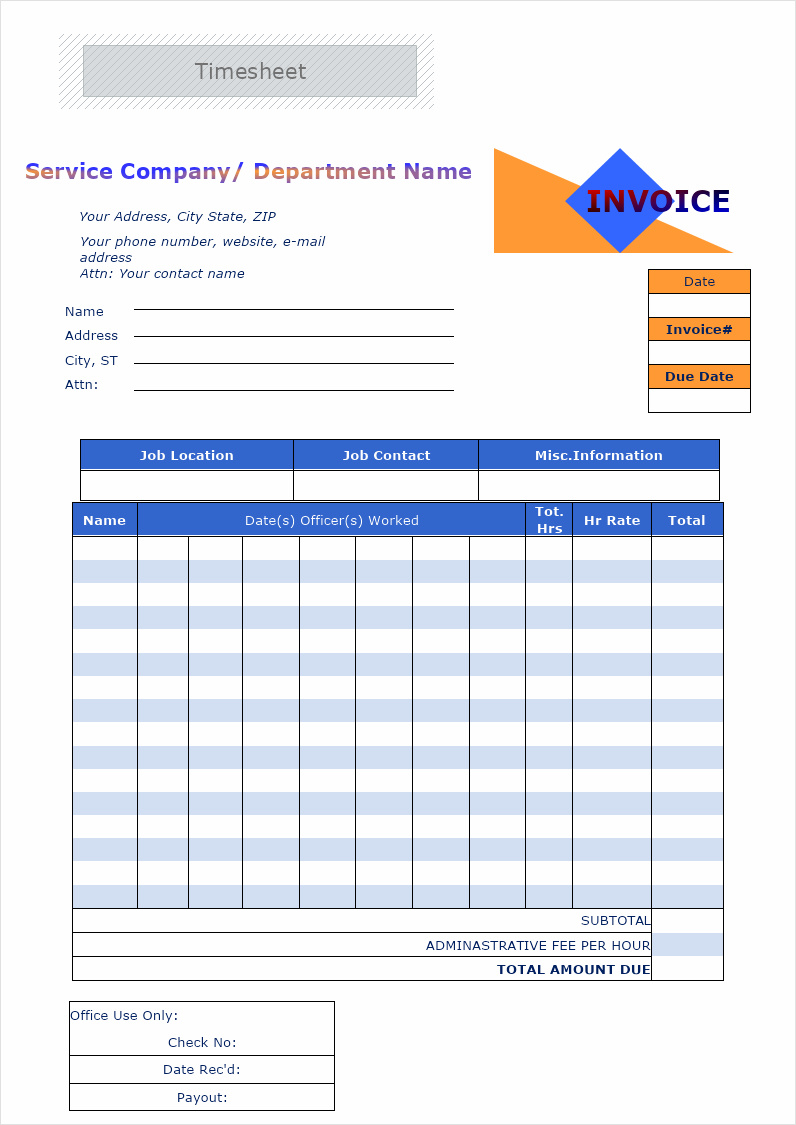
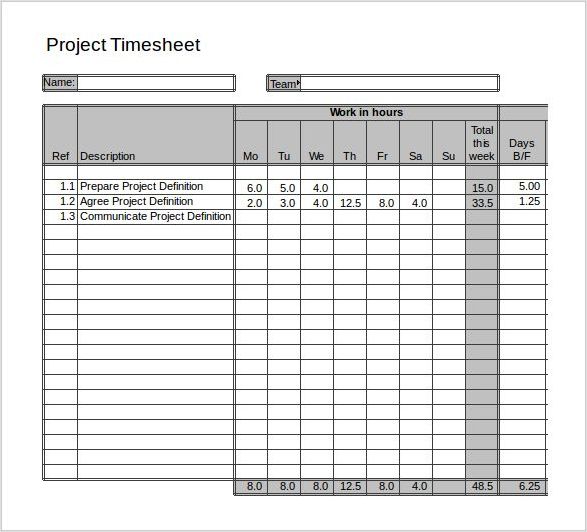
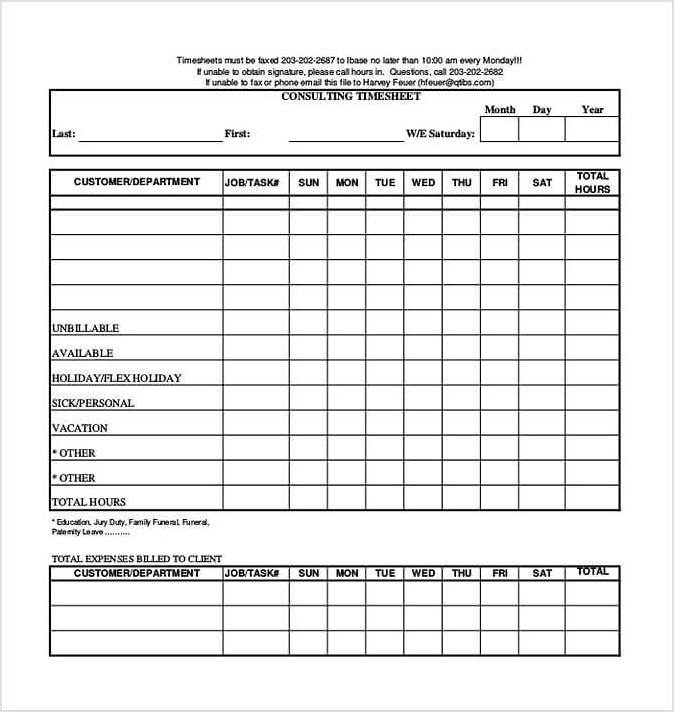
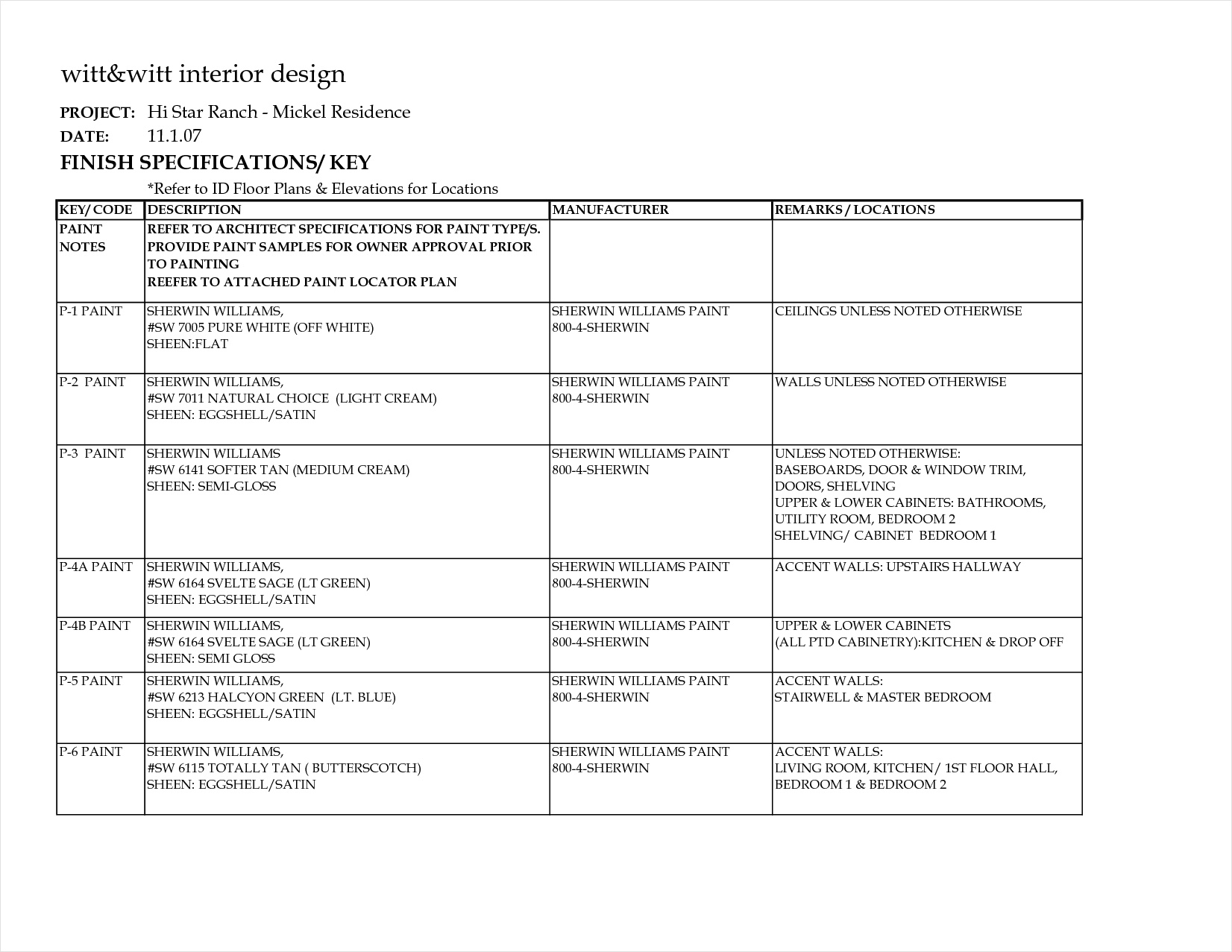
How to Create an Effective Interior Design Timesheet
1. Determine the Key Elements: Identify the key elements that need to be tracked in your timesheet, such as date, task description, start and end times, and any additional notes or comments. Customize your timesheet template to include these elements.
2. Use a Digital Tool: Consider using a digital tool or software for creating and managing your timesheets. These tools offer features such as automatic time tracking, reminders, and reporting, making the process more efficient and streamlined.
3. Set Clear Guidelines: Establish clear guidelines for filling out the timesheets. Communicate these guidelines to your team members and ensure that everyone understands the importance of accurate and timely time tracking.
4. Track Time Regularly: Encourage your team members to track their time regularly. This ensures that the timesheets are up to date and provides real-time insights into the progress of the project. Set reminders or use automated tracking tools to simplify the process.
5. Review and Analyze: Regularly review and analyze the data from your timesheets. Look for patterns, trends, and areas of improvement. Use this information to make informed decisions and enhance productivity.
6. Communicate with Clients: Share the timesheets with your clients to provide transparency and accountability. Discuss the progress of the project, any challenges faced, and the steps taken to overcome them. This builds trust and strengthens the client-designer relationship.
Conclusion
Interior design timesheets are an essential tool for designers to track their time, manage projects efficiently, and ensure transparency with clients. By accurately tracking time, designers can improve productivity, allocate resources effectively, and deliver projects on time and within budget. Using digital tools and following best practices for timesheet management can further enhance the effectiveness of timesheets in the interior design industry.
Interior Design Timesheet Template Excel – Download
